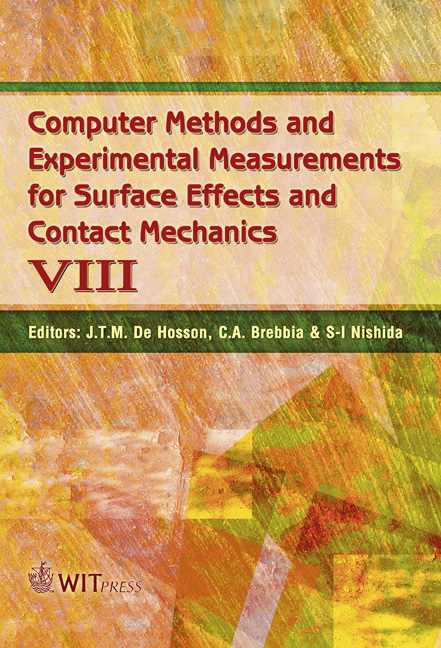Thick Tool Steel Coatings With Laser Cladding
Price
Free (open access)
Transaction
Volume
55
Pages
10
Published
2007
Size
1,892 kb
Paper DOI
10.2495/SECM070021
Copyright
WIT Press
Author(s)
V. Ocelík, U. de Oliveira & J. Th. M. De Hosson
Abstract
This paper concentrates on thick and crack-free laser clad coatings (up to 3 mm). The coating material is a chromium-molybdenum-tungsten-vanadium alloyed high-speed steel that shows high wear resistance, high compressive strength, good toughness, very good dimensional stability on heat treatment and very good temper resistance. It will be demonstrated that laser cladding of MicroMelt 23 powder offers a relatively wide processing window resulting in the formation of thick, microstructurally uniform, hard, crack- and defect- free coating on ordinary steel substrates. Microstructural observations using light and field emission gun scanning electron microscopy with EDS and EBSD attachments together with internal strain measurements using diffraction of X-rays revealed the reason for low susceptibility to crack formation. An intensive martensitic transformation inside small austenitic cells surrounded by hard carbides following the rapid solidification process compensates the tensile strain and finally results in compressive stresses at the coating surface. Laser cladding on different steels substrate geometries will be demonstrated together with hardness profiles and their dependence on cladding conditions. Keywords: tool steel, laser cladding, microstructure, residual stress. 1 Introduction Laser surface treatment includes several different techniques utilizing the heat of a laser beam acting at the surface to modify the composition and microstructure and produce a wide range of metallurgical effects [1]. Laser cladding using the powder blowing technique [2, 3] comprises fusion of an alloy powder layer to a substrate with minimum melting of the substrate. Melting starts at the surface and the particles being heated and melted when passing the laser beam are trapped in the melt pool. This technique is used for the deposition of alloys on
Keywords
tool steel, laser cladding, microstructure, residual stress.





